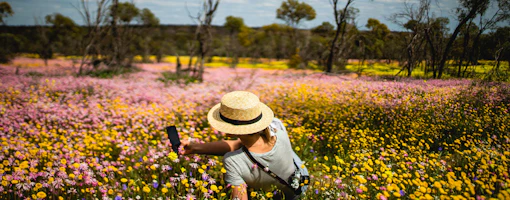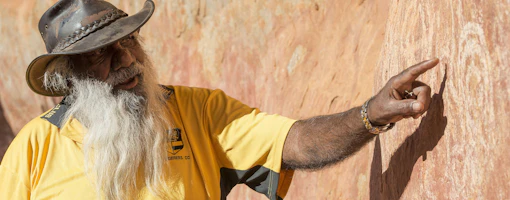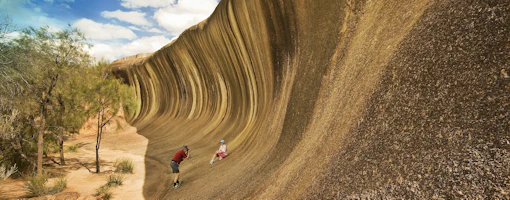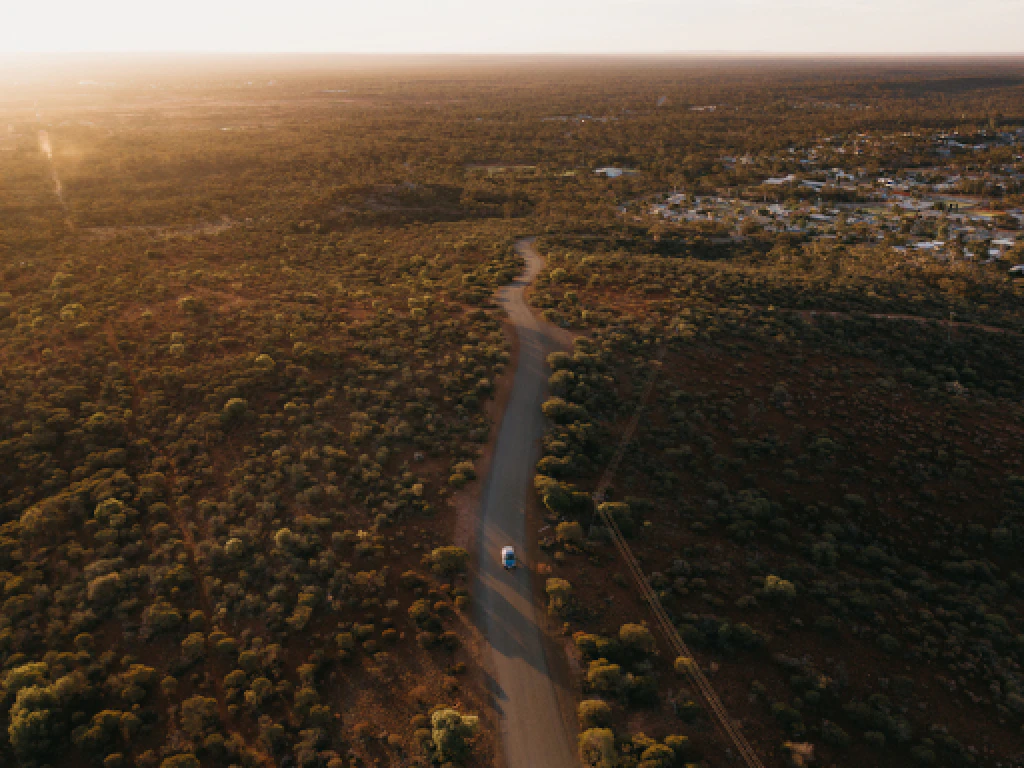
Explore the Great Western Woodlands with Great Southern Outback Tours
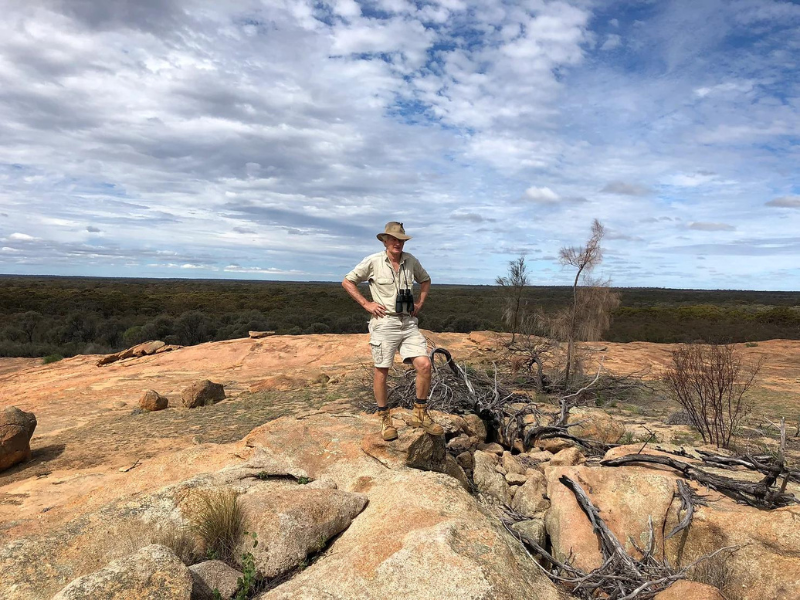
Wayne on one of his tours.
Wayne Monks from Great Southern Outback Tours and Accommodation is a passionate outback tour guide, who loves taking his guests through numerous Golden Outback regions. We were lucky enough to hear why he loves the Great Western Woodlands, and it’s easy to see why he has included this spot as a part of his tours!
Wayne is calling for Expressions of Interest from people who have a passionate interest in history, heritage, fauna and flora, agri-tourism, indigenous cultures and country who wish to join a 4WDV “Tag-Along - off the beaten track” eco-tour travelling from Broomehill and then along the Holland Track/Way through the Wheatbelt and up the Victoria Rocks Rd (Holland Way) to the “Old Camp” and the Eastern Goldfields in August / September. For further information contact Wayne on 0499 113 193 or wmonks@westnet.com.au
The Great Western Woodlands is the largest and healthiest temperate woodland remaining on the planet. Located in the southwest of Australia, the woodlands cover almost 16,000,000 hectares and it’s boundary runs from the Nullarbor Plain in the east, to the Wheatbelt in the west, and from south of Salmon Gums through to the inland mulga country found around Broad Arrow just north of Kalgoorlie. The Great Western Woodlands region is part of one of the world's "global biodiversity hotspots", with research showing close to 3,500 plant species found and the region is also home to at least 49 species of mammals, 14 species of frogs, 138 species of reptiles and 215 species of birds.
Some people would be familiar with the massive granite outcrops such as Caves Hill, Burra Rocks and Victoria Rocks that rise above the landscape and have been used as reliable water catchment sources for timber and sandalwood cutters, as well as the early pioneers. These massive outcrops are surrounded by unique eco-systems that have evolved over millions of years. The vegetation in this region is botanically diverse, and ranges from mature eucalyptus woodlands dominating the landscape, interspersed with large areas of Mallee, shrublands and grasslands.
The extraordinary natural values of the Great Western Woodlands make the area a place of continental and global significance however the woodlands are vulnerable to a number of threats including fire, feral animals, noxious weeds and fragmentation caused by some developments.
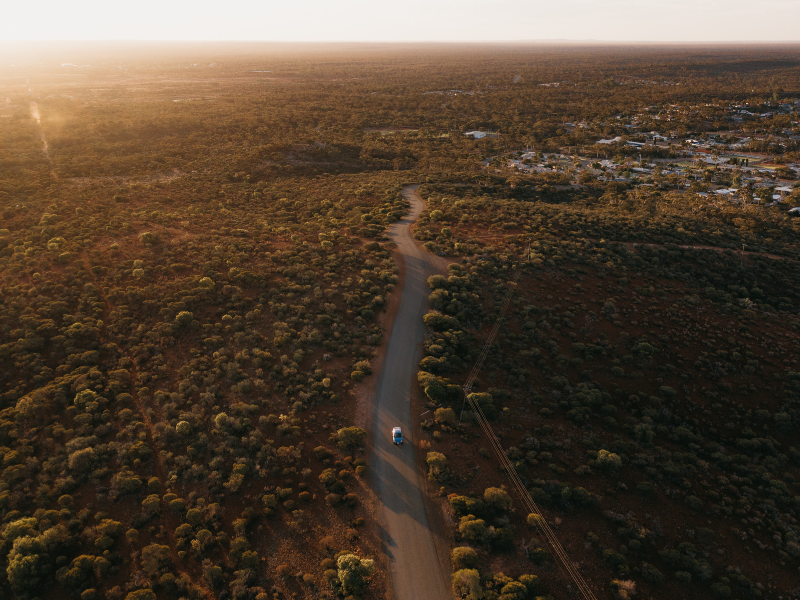
Lake Lefroy
I have fond memories of the Great Western Woodlands which cover large expanses of inland Western Australia around the towns of Norseman, Coolgardie, Kalgoorlie, Kambalda and Southern Cross. The things that I am particularly fond of are the different landscapes ranging from endless Salmon Gum and other eucalyptus woodlands, the thick hakea, acacia, casuarina and melaleuca scrub that surround the large granite outcrops such as Caves Hill, Burra Rocks and Victoria Rocks. I like the greenstone rocky hills stretching from Norseman almost to Coolgardie that are tree lined with blackbutt and overlook Lake Lefroy and Cowan, and the sand plain country to the west comprising many different tree species including some stunning grevilleas and grass trees.

Coolgardie Bluff.
There are so many areas you can explore with either a 2-wheel or 4-wheel drive vehicle and locate some beautiful camping sites. From there you can check out the local fauna and flora and view the incredible sunsets and clear night skies! Investigating the local indigenous cultures is also fascinating with the Ngadju having native title rights to a large swathe of the Great Western Woodlands. Experience the tranquillity of this magical part of Western Australia and imagine you are an early pioneer from another era!
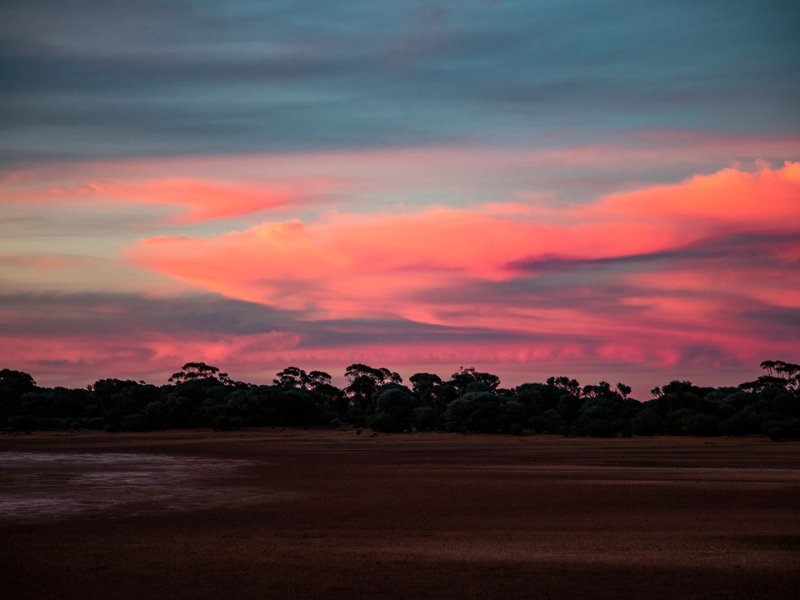
Sunset in the Goldfields





